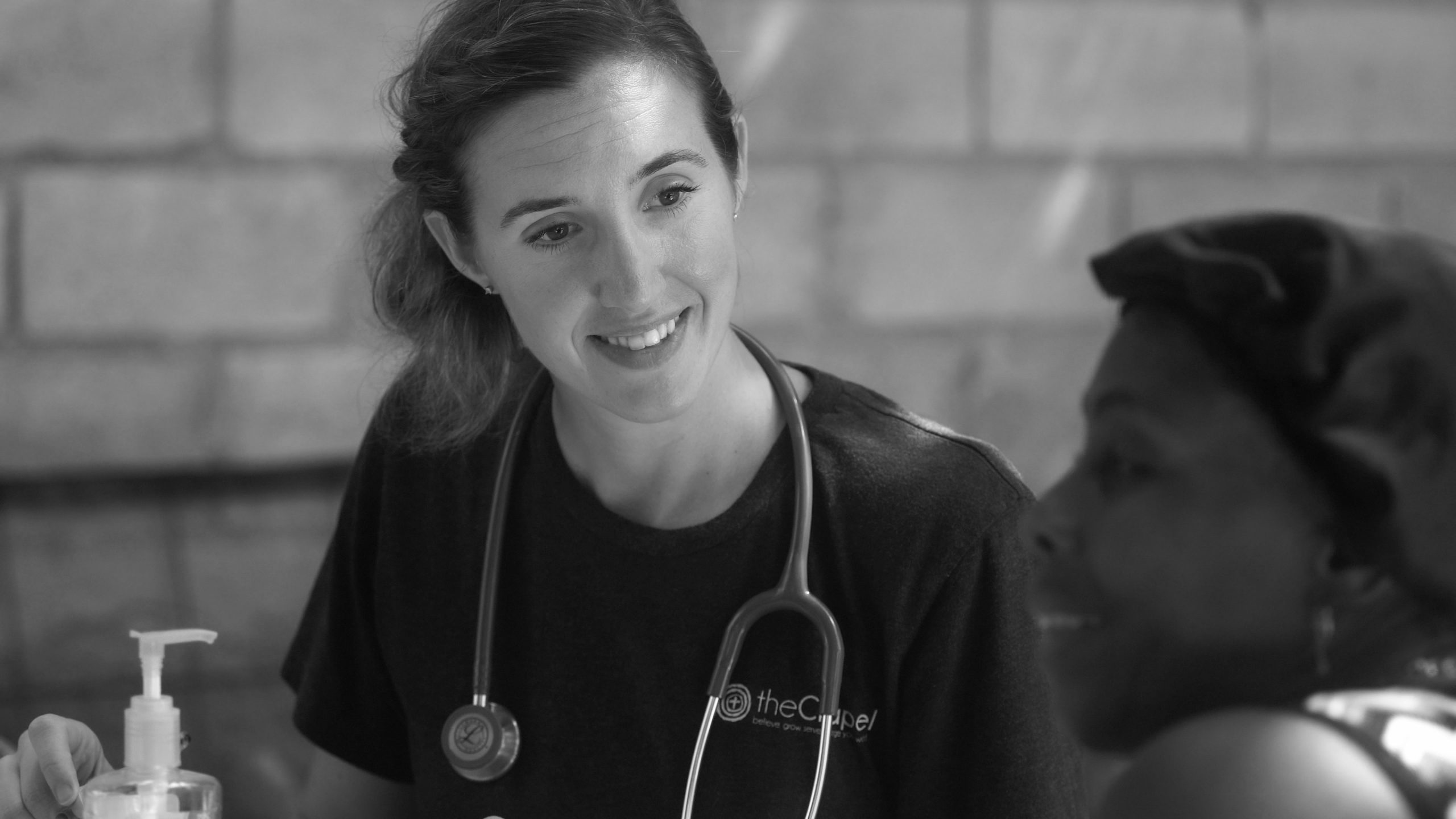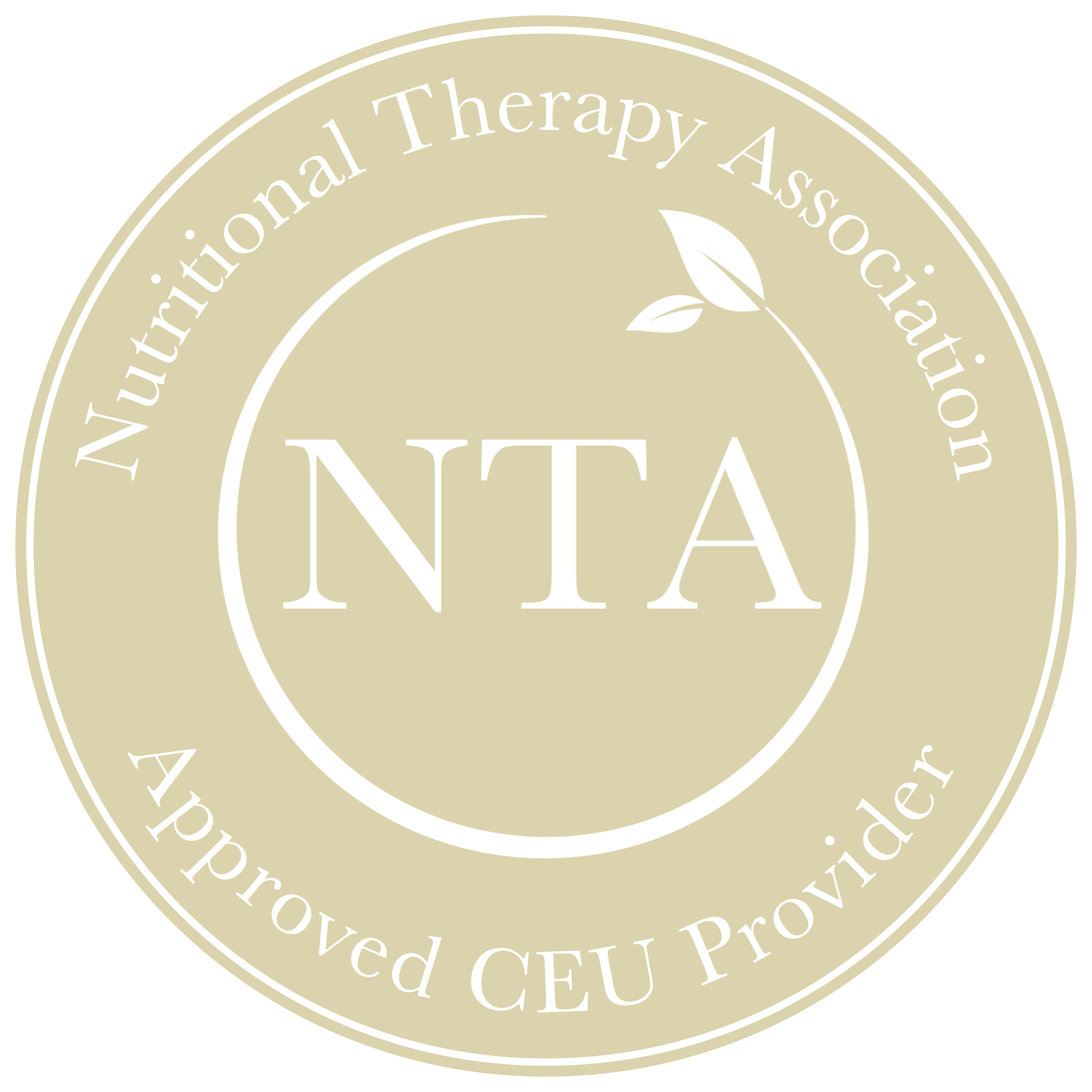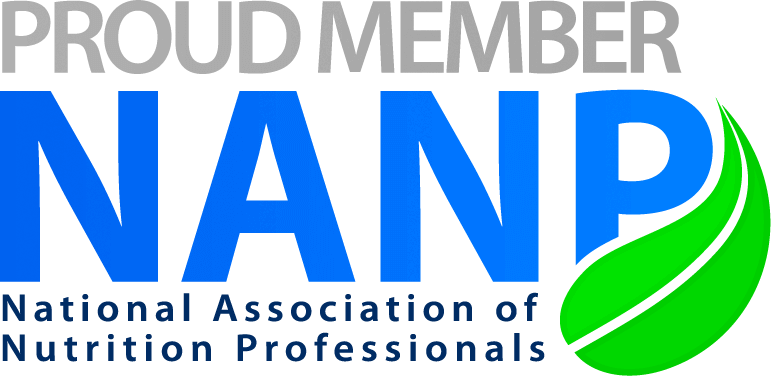We’ve all had that moment in our practice. You’ve just walked your client through your recommendations and next steps, and they look at you and say, “Great! I’m going to take this to my doctor and see what she thinks.” Your heart sinks a little as you wonder how open-minded your client’s doctor is and whether they’ll be willing to support a more natural approach.
The relationship between functional health practitioners and the medical community can be an uneasy and tentative one. While it holds great potential to harness the best of both worlds, it can also be fraught with misunderstanding and territorial behavior that puts the client in the unhelpful position of having to navigate and negotiate conflicting perspectives. This ultimately can sabotage their health rather than improve it.
It doesn’t have to be that way.
Over the course of my 14 years in practice I have had the opportunity to work alongside many different medical providers and have seen first hand both what works and what really doesn’t work when collaborating with conventional providers. Here are some of the core lessons I’ve learned along the way that have made for truly exceptional relationships with the medical community and resulted in the best service of the client’s health.
1. Maintain an open mind
This is absolutely step one in establishing a productive relationship with a medical professional. In the natural health space, we often hear complaints about how the conventional medical community writes us off and yet, we need to ensure we’re not doing the same thing in reverse.
Be curious about the medical provider’s perspective. Seek to understand where they’re coming from and their goals for the patient. No doctor is actively trying to do harm. That goes against their Hippocratic oath. They’re simply using the tools they’ve been trained with, unaware of a different path.
Here’s a real life example from my practice. A client came to me who’d been taking proton pump inhibitors (PPIs) for years for severe heartburn. He was struggling with all sorts of downstream digestive issues ever since he’d gone on this medication, which is what ultimately landed him in my office.
We had a long conversation about the impact of PPIs on digestive health and nutrient absorption. He quickly became frustrated that his doctor hadn’t ever talked with him about these side effects or recommended any kind of strategy for weaning off of them, despite his frequent requests to do so.
I had a choice at this moment. It would have been really easy to hop on the anger bandwagon and commiserate about how doctors always prescribe medications indefinitely and never consider how to get their patients off the drugs, despite their well-documented side effects. Instead, I chose to be curious about his doctor’s perspective. What specifically was he trying to achieve with this PPI? He wasn’t trying to do harm, he was simply trying to stop the severe heartburn and discomfort this client was experiencing and it was the “standard of care” go-to in his toolkit.
This client chose to investigate his digestive health further with me by doing GI and food sensitivity testing (the tools we teach in Level 1, Mastering the Art and Science of Gastrointestinal Healing) and, sure enough, we found all sorts of imbalances. He took those test results to his doctor with some clear notes from me about what it would take to resolve his issues. He asked his doctor if he would be willing to support the process of weaning off the PPIs so that we could properly heal his digestive tract. The doctor and I had some back and forth via email to discuss the rationale and logistics of this strategy and ultimately he agreed and was very supportive of the process. The client came off the PPIs, we healed his gut, and his digestive issues resolved completely. He’s thrilled, his doctor is impressed, and I gained a new ally for my work. This doctor also saw what is possible from a holistic approach.
2. Be clear about what is “complementary” vs what conflicts
Sometimes our work with clients complements what they do with their medical team beautifully, but at other times it can create conflict. In these cases we need to tread carefully, inform our client of the conflict, and give them unbiased information so that they can make the best choice for their health.
A recent example of this was a client in my practice who was struggling with severe reactions to foods – shortness of breath, headaches, deep fatigue, and constant upper GI distress and bloating. She was also struggling with severe depression.
When she came to me, she was already working with an extensive medical team: her primary care doctor, an allergist, an endocrinologist and a gastroenterologist. She was on an extensive list of allergy medications, PPIs, anti-inflammatories and anti-depressants and said this combination wasn’t perfect but was helping her feel better than she had in a long time.
We started down the path of testing and she wanted her PCP and allergist to oversee my work with her. I had a conversation with the PCP to explain my approach and she was hesitant, but willing to give it a try. With the test results in hand, I walked through my recommended protocol and asked about how they could support weaning her from some of the medications that would interrupt our process.
In this case, the medical team was not willing to be flexible. They wanted to keep her on all of the medications long-term and were deeply suspect of some of my recommendations. I could see how our progress would be significantly impacted by the medications she was taking (in particular the PPIs) and recognized that this conflict could easily put the client in the stressful position of having to navigate competing and incompatible recommendations.
I walked her through the differences in our approach, listing the pros and cons of each. In her case, my approach wasn’t complementing the work she was doing with her medical team. Additionally, her medical team’s approach would inhibit our progress, so she needed to choose which direction she wanted to go. Because she was starting to see results with the path her medical team had suggested, I actually recommended she stick with it to see how successful it would be over time.
It wasn’t. A couple of months later she was back in my office, saying she was ready to move forward with me and had her doctor’s blessing to go off the PPIs. We were able to implement the protocol, her symptoms improved remarkably, and her once cautious doctor is now a major source of referrals for me.
3. Respect each other’s lanes
A key aspect of working successfully with another medical professional is to ensure that both parties fully understand and respect what role each will play in the client’s care. In places where there could be overlap – such as what tests to use and who orders them – it’s important to have a clear and direct conversation about what each of you will be responsible for.
Recently in my practice we have begun collaborating with a medical team who works with children struggling with PANS and PANDAS. Their model is more a conventional medical model, and certainly children with these conditions need medical supervision, but they also recognized that a functional approach can be complementary and that this type of collaboration is in the best interest of their clients.
For every client we are collaborating on, we meet as a team of providers and discuss the best path forward, getting clear on who’s responsible for each aspect of care so that the client’s experience is seamless and streamlined. We are learning a tremendous amount from each other and stay in close communication behind the scenes, building clarity and respect for the unique expertise each provider brings to the process. We are very careful to stay in our mutually-agreed-upon lanes and the client is receiving truly the best of both paradigms without ever being put in the position of having to choose a path or navigate differing opinions.
4. Keep each other informed
Depending on the level of collaboration, communicating directly with the other medical providers can be powerful. It’s tempting to be protective of the work we’re doing with our clients, but when we aren’t forthcoming with our approach and process, it breeds even more distrust in our work.
In my practice, we have recently begun collaborating with a couple of different medical practices. These doctors found us because of the great results some of their clients had with us and they, being open minded and curious themselves, wanted to understand how we might support each other’s work.
We built relationships by explaining each of our approaches and brainstorming the type of clients we could support together. When we do share a client, we are both very proactive in communicating the key points of all interactions. This can be as simple as an email to the medical team following a client session sharing the key issues discussed and next steps. In turn, they come to us if anything they’re doing with the client will affect our process in any way – for example, if the client is in the middle of a gut healing program and needs to go on antibiotics for some other health concern. This allows us to strategize behind the scenes in the client’s best interest rather than having the client be the go-between. In more complex cases, we have regular meetings with the client’s medical team to collectively agree on the best approach as we progress through their healing journey.
This level of collaboration takes time and trust, and is built squarely on the foundations I laid out in points 1 through 3 above. It is truly an example of what’s possible when both parties are open-minded and curious, clear on what therapies are complementary vs. conflictive, and deeply respectful of each other’s expertise.
5. Collaborate with someone who complements, not competes
When a client comes to you and asks you for a recommendation for a medical professional to oversee that aspect of their care, do you look for a functional doctor whose paradigm and philosophy aligns with yours? It’s tempting to do exactly that, and that’s the approach I used to use.
Years later, I realized that what often unintentionally happened when I brought another functional practitioner into the case was that our work overlapped so significantly, we were inadvertently competing with one another. We had similar beliefs and paradigms, but our approaches were ever so slightly different and we each believed wholeheartedly that OUR approach was the best one. It ended up being even more challenging for the client who was now in the unfortunate situation of “too many cooks in the kitchen.”
Here’s an example from my practice. I had a client who was struggling with H. pylori and we’d done two rounds of healing with very little change in her symptoms or her H. pylori level upon testing. We agreed that a medical antibiotic approach made sense at that point while we continued to support underlying factors. She was between primary care doctors at the time, so I recommended a friend who is a Naturopathic Doctor who has prescribing abilities.
When my client went to this doctor, rather than approach the situation medically, as requested, she reviewed the natural antimicrobial protocol I had recommended and essentially said “this is exactly how I would handle it” and wasn’t willing to prescribe an antibiotic at all. While I appreciated that she agreed with me, it was not the complementary approach that we had been looking for.
In other situations, I’ve referred clients to functional doctors who wanted to start over from scratch with all the testing we had already done, taking the client through their process and overriding mine.
When collaborating with a medical professional, it’s actually – and counter-intuitively – far easier to collaborate with someone who truly complements your work, and doesn’t compete with it. Someone who functions in the medical paradigm but who is open minded to the type of work that we do is a great choice. They can oversee medications and diagnoses while you focus on bringing the client’s body into balance such that they don’t need the medications any longer.
As functional practitioners, we operate from a unique perspective, one that is different than that of the medical community and it can feel like we’re in two completely different worlds, unable to speak the same language and always at odds with the other. And yet, the opportunity for collaboration and for greater client results is profound. With an open mind, a healthy dose of curiosity, clear communication, and always putting the client’s health at the front of the conversation, we can learn a great deal from our conventional medical counterparts and they can learn a great deal from us. Done right, the whole is far greater than the sum of its parts.







